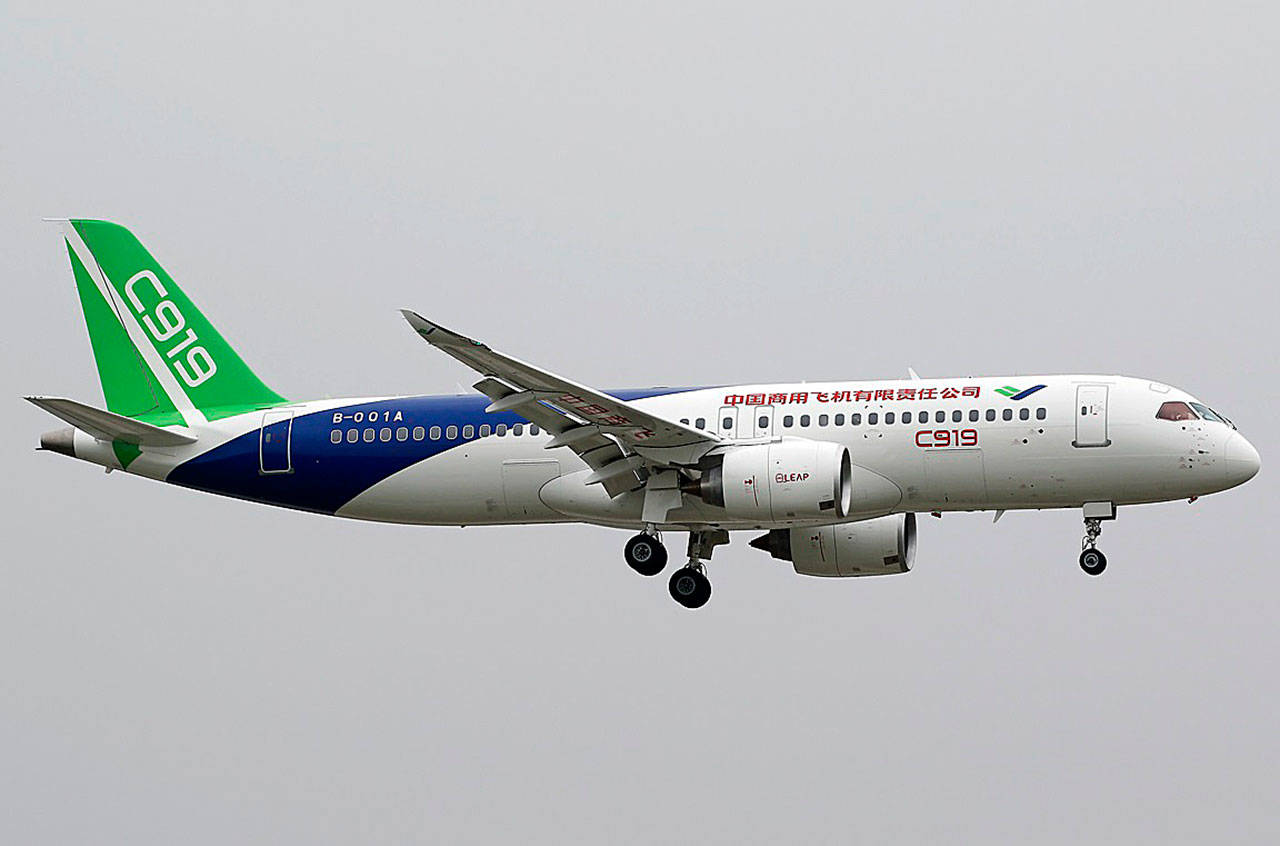By Jason Booth / Tribune Interactive
The long-predicted trade war with China is here. China has responded to President Donald Trump’s tariffs on steel and aluminum by slapping tariffs on U.S. food and steel pipes, setting off a sharp drop in U.S. stocks. With the White House promising additional trade barriers on up to $60 billion in Chinese imports, more tit-for-tat trade retaliation seems likely.
But many economists and trade experts believe that, while the U.S. president could win the current battle, he will ultimately lose a trade war — and a big reason for that should concern the U.S. tech sector.
China’s export-focused economy has much more to lose right now from a protracted fight than does the U.S.
“China has far more exposure to the U.S. regarding exports,” says Christopher Thornberg at Beacon Economics in Los Angeles. Its state-owned enterprises depend on exports to the U.S. to keep paying off their significant loans. Exports overall account for about 20 percent of China’s GDP, with a quarter of that going to the U.S. By contrast, only 11 percent of U.S. GDP is export-based, of which 10 percent goes to China.
As the tariffs were announced Monday, Chinese President Xi wasn’t talking about winning trade wars. Instead, he gave a speech on “three tough battles” China must win: reducing poverty, tackling pollution and preventing financial risks.
China could blink first and offer concessions in the form of more open markets and better protection of U.S. intellectual property, but any celebration by U.S. companies would be short-lived. China’s dependence on the U.S. has declined significantly since the 1990s, and the trend is set to continue. This dispute will only accelerate China’s ambitions to become an independent producer and exporter of the three products that top the list of U.S. imports to China: smartphones, aircraft and semiconductors.
In cell phones, China is already close to achieving its goal. Case in point is Huawei, the electronics company that the U.S. government has effectively banned from the U.S. due to concerns over ties between the company and the Chinese military. Despite being excluded from the world’s third-largest market, Huawei now rivals Apple in terms of global sales, even in developed nations. Since the start of 2015, Huawei’s European market share has gone from zero to 12 percent, just behind Apple’s 15 percent share. And to prove that it is serious about going head to head with American cell phone companies on their turf, Huawei recently unveiled its first overseas 5G test network in Vancouver, B.C., just before Verizon made a similar announcement in the U.S.
Aircraft are the U.S.’s most significant export item to China. Even with a trade war brewing, China’s largest airline, China Southern, announced on March 21 that it had placed an order for 30 Boeing 737 aircraft for its Xiamen Airlines subsidiary. But at a press conference the following week, the company’s Chairman Wang Changshun made a thinly veiled warning: If the U.S. engages in a trade war, the deal could be threatened.
He can make that threat as China is quickly moving toward producing its own line of commercial aircraft. The C919, manufactured by Shanghai’s Commercial Aircraft Corp., or Comac, compares in size to Boeing’s 737. The plane, which took seven years and cost an estimated $9.5 billion to develop, completed its first long-distance flight last November. Securing airworthiness certification is expected in 2021, with mass production commencing that same year.
Speaking at the Singapore Airshow last year, Comac sales manager Lu Zheng summed up China’s aircraft ambition, “We’re working hard to change from a follower to challenger, and we are striving to become a leader in the industry someday.”
But the area that is giving the U.S. the most concern is China’s effort to create an indigenous and independent semiconductor industry that can in time take a large part of the global market. U.S. semiconductor exports in 2016 totaled $43.1 billion, the third-highest value of any manufactured U.S. export after aircraft and cars, while three of the world’s five largest semiconductor companies are American: Intel, Qualcomm, Micron Technology. Currently, no Chinese company ranks in the top 10. But that looks set to change.
In 2014, the Chinese government unveiled a “national strategic blueprint” to achieve a leading position in semiconductor design and manufacturing. With government support of up to $150 billion over 10 years, Chinese semiconductor firms are expected to double their domestic market share to 40 percent by 2020, up from 20 percent in 2017, and to 70 percent by 2025.
Whether they will achieve that ambitious goal is uncertain, but the Chinese government has recently accelerated efforts to make it happen. On March 1, Chinese media reported that the state-backed China Integrated Circuit Industry Investment Fund is looking to raise up to $30 billion to support local semiconductor companies. On Friday, on the eve of slapping tariffs on U.S. products, China’s finance ministry gave another boost to the domestic semiconductor sector by introducing tax breaks under which Chinese chipmakers will be exempt from corporate taxes for two to five years.
“I don’t think tariffs will be a long-term thing, but they will accelerate (China’s) campaign to become independent,” said Daniel Nenni, CEO, and founder of Silicon Valley-based SemiWiki.com, an open forum for semiconductor professionals. “You have to control silicon to control your destiny.”
About the writer
Jason Booth is a Los Angeles-based writer specializing in technology and finance. He has written for The Wall Street Journal, Forbes and the South China Morning Post.
Talk to us
> Give us your news tips.
> Send us a letter to the editor.
> More Herald contact information.

























